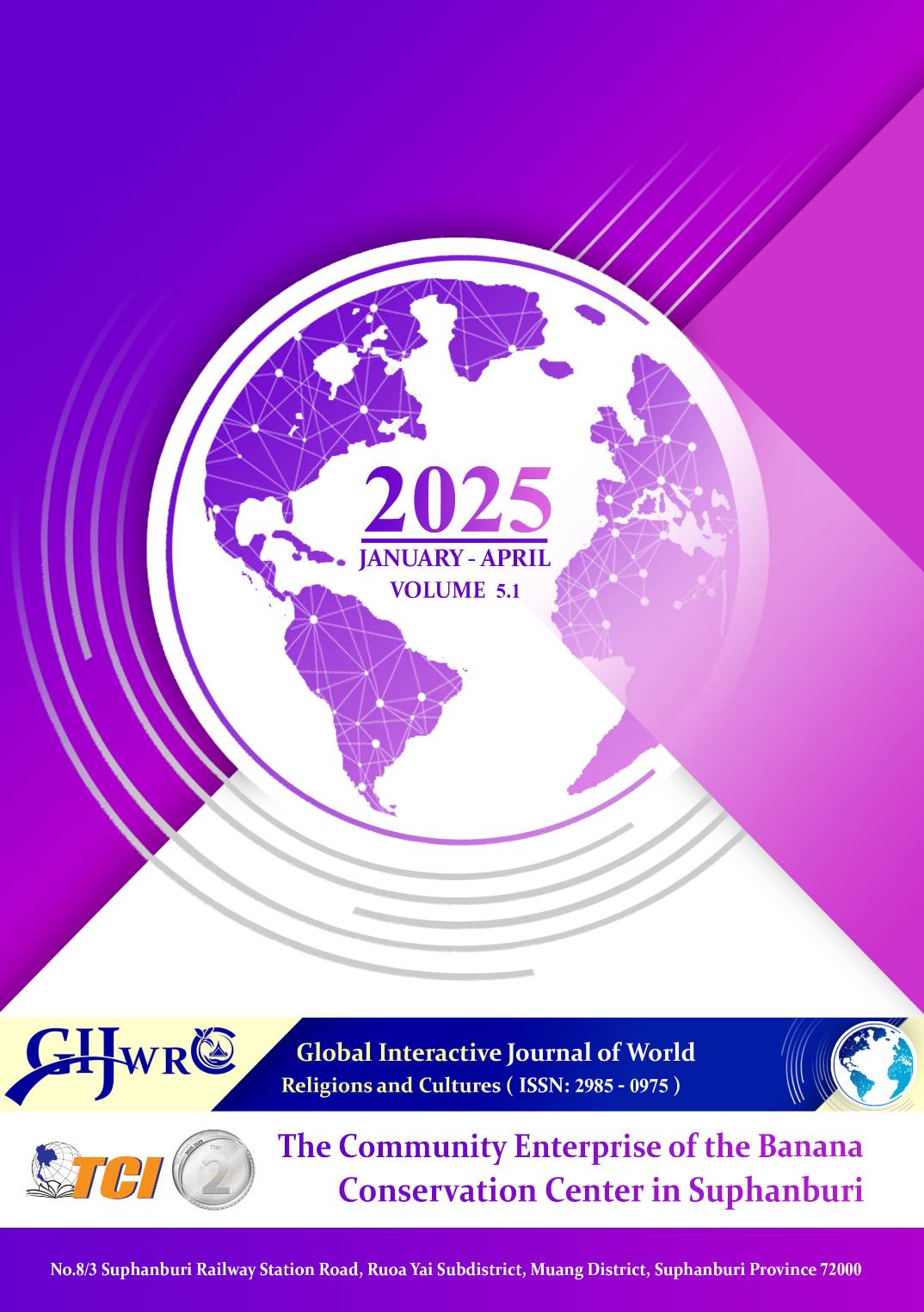CHILDREN'S SONGS IN CHINA: DEVELOPMENT, TEACHING, AND CULTURAL SIGNIFICANCE
Main Article Content
Abstract
Children’s songs in China have evolved alongside the country’s cultural, educational, and political transformations, serving as both a means of musical education and a reflection of Chinese traditions. Historically, these songs were transmitted orally, reinforcing moral values, social norms, and collective memory. During the 20th century, formal compositions emerged, influenced by political ideologies, educational reforms, and artistic development. In contemporary China, children's songs incorporate diverse musical elements, blending traditional Chinese poetic structures with modern genres such as pop and folk. Advances in digital media have further facilitated their distribution, making them widely accessible and integral to early childhood education.
The teaching of children’s songs in China extends beyond vocal training, fostering aesthetic appreciation, emotional expression, and social collaboration. Educators employ innovative methods such as storytelling, movement-based learning, and digital tools to engage students. However, challenges such as outdated pedagogical approaches and disparities in resource distribution persist, highlighting the need for continuous reform in music education. Prominent composers like Gu Jianfen have played a pivotal role in modernizing children's music, preserving elements of Chinese culture—such as traditional values, Confucian ethics, and artistic expression—while adapting to contemporary educational needs. As an essential medium of cultural transmission, children’s songs in China continue to shape national identity, reinforce Chinese ways of life and belief systems, and adapt to modern societal trends.
Article Details
References
Gong, Y. (2004). Song Composition. Beijing. Minzu University of China Press.
Lin, F. (2015). Exploring the creative characteristics of Gu Jianfen's "New School Song". Music Creation (1), pp. 45-46.
Wang, X. (2014). "New School Song" inspires creation - A brief analysis of the creative characteristics of Gu Jianfen's ancient poetry and lyrics. Northern Music (2), 15-17.
Wang, Z. (2012). Ancient rhymes and new sounds sing in the school - Introduction to Gu Jianfen's "New School Song". Big Stage (9), pp.20-23.
Yao, M. (2015). Writing songs for children - A brief talk about Gu Jianfen's new school song. Yellow River Voice (9), pp. 34-35.
Zhang, Q., & Huang, R. (2012). The perfect combination of ancient poetry and music - Analysis of Gu Jianfen's "New School Song". Grand Stage (1), pp. 20-21.
Zhao, X. (2003). Traditional Composition Techniques. Shanghai. Shanghai Education Press.
Zheng, L. (2012). Love, leisurely immersed in the song - "Gu Jianfen's Ancient Poetry and Lyrics Song 20 =Teaching practice and understanding of "New School Song". Primary and secondary school music education (9), pp. 10-11.


